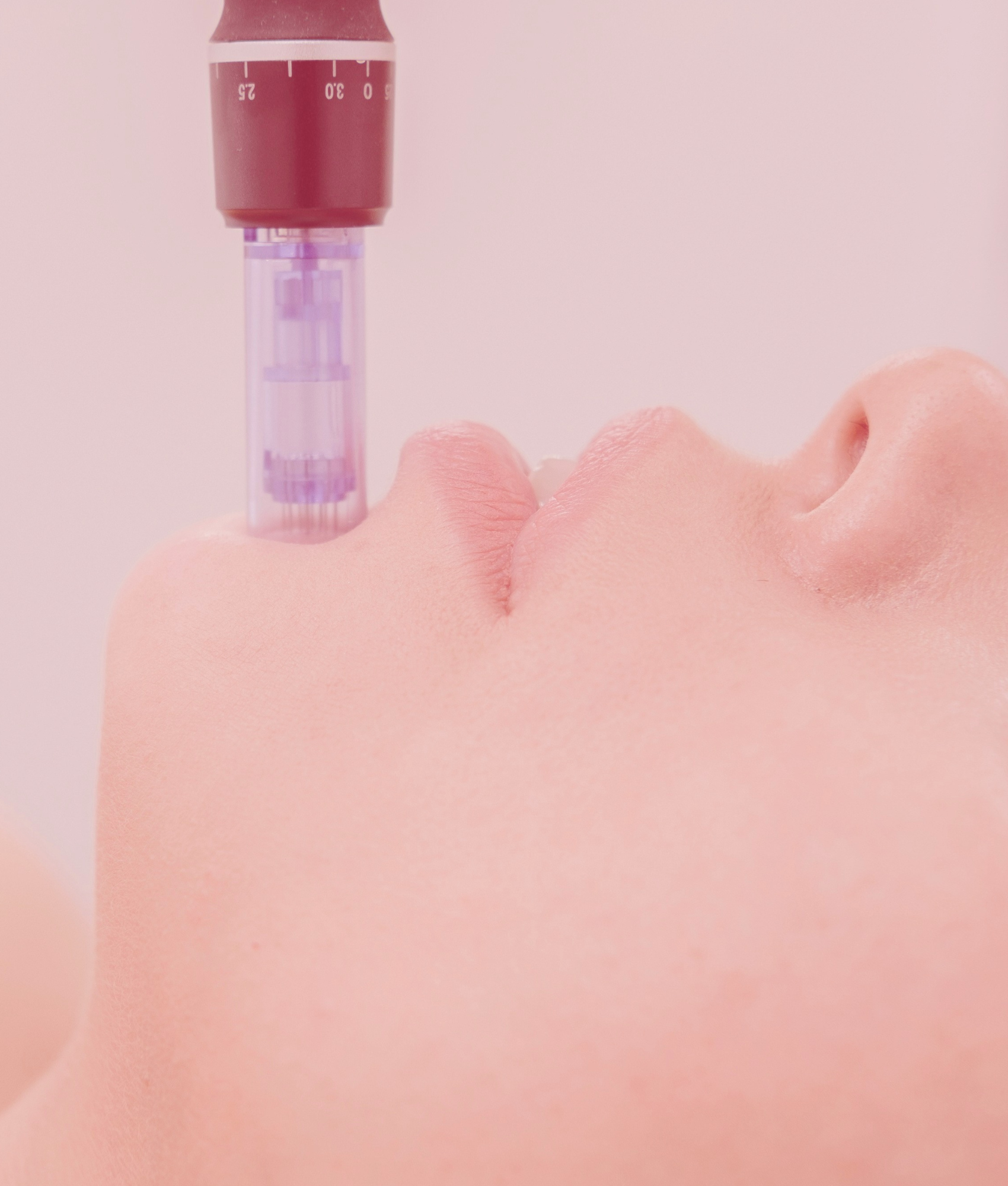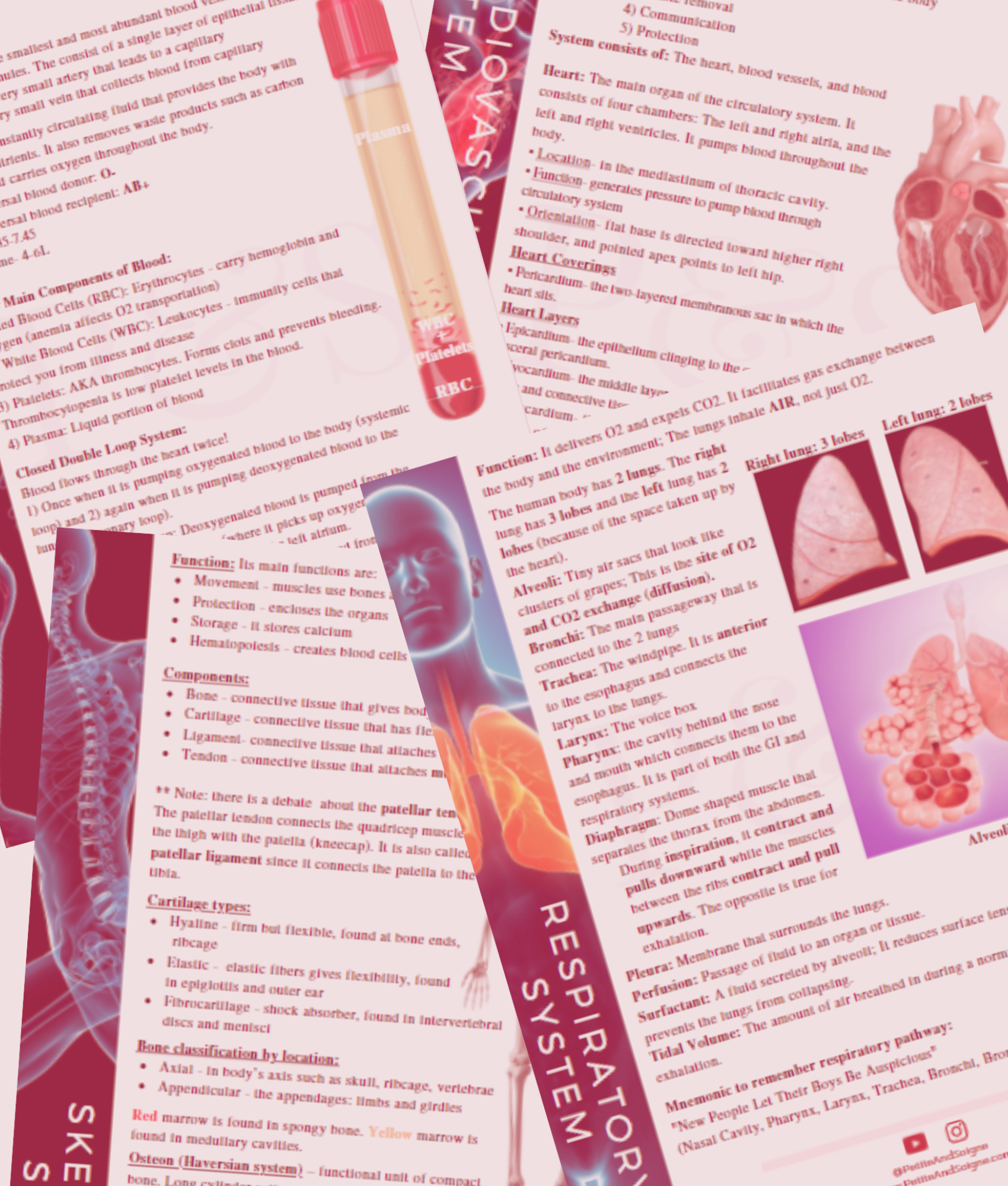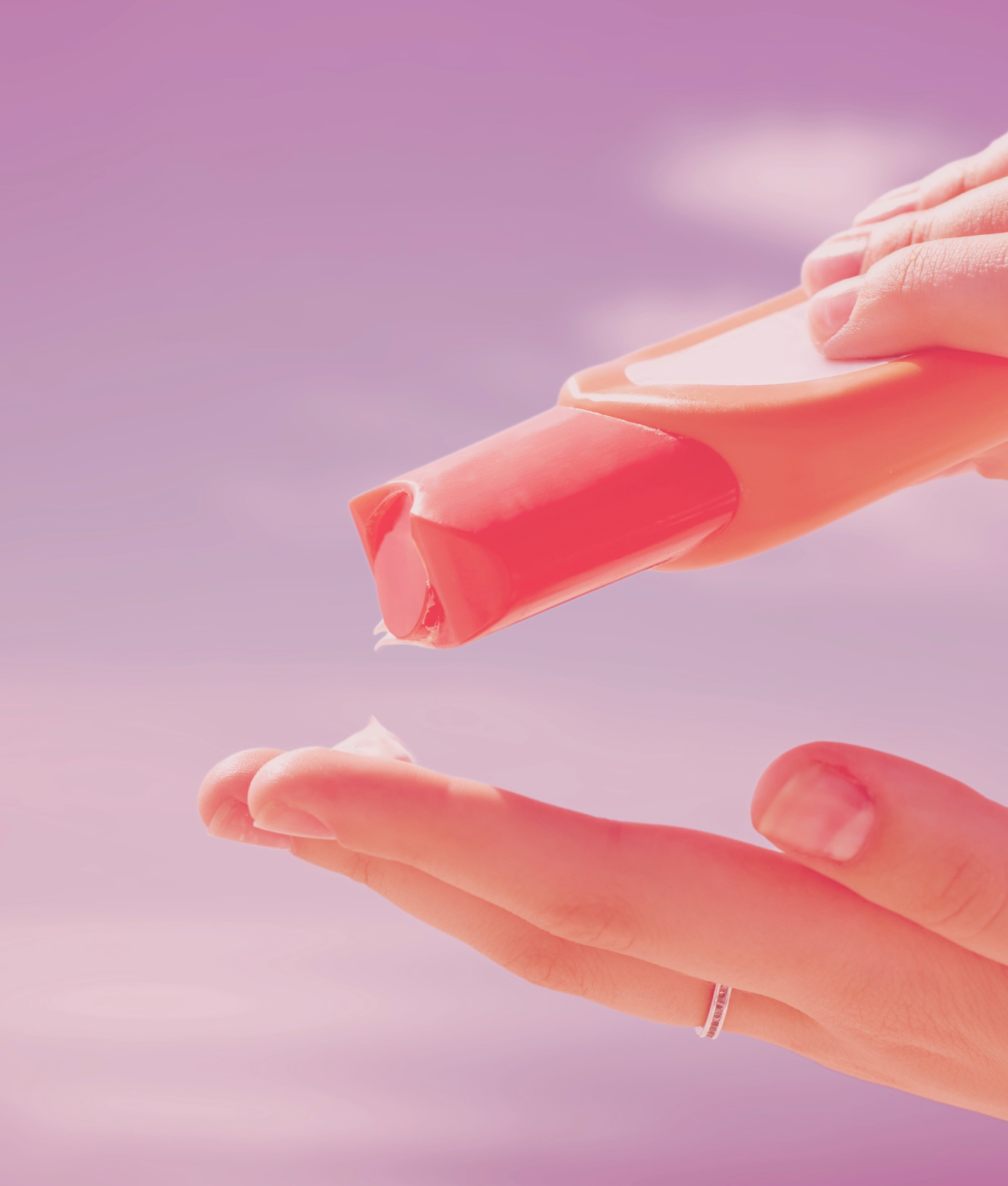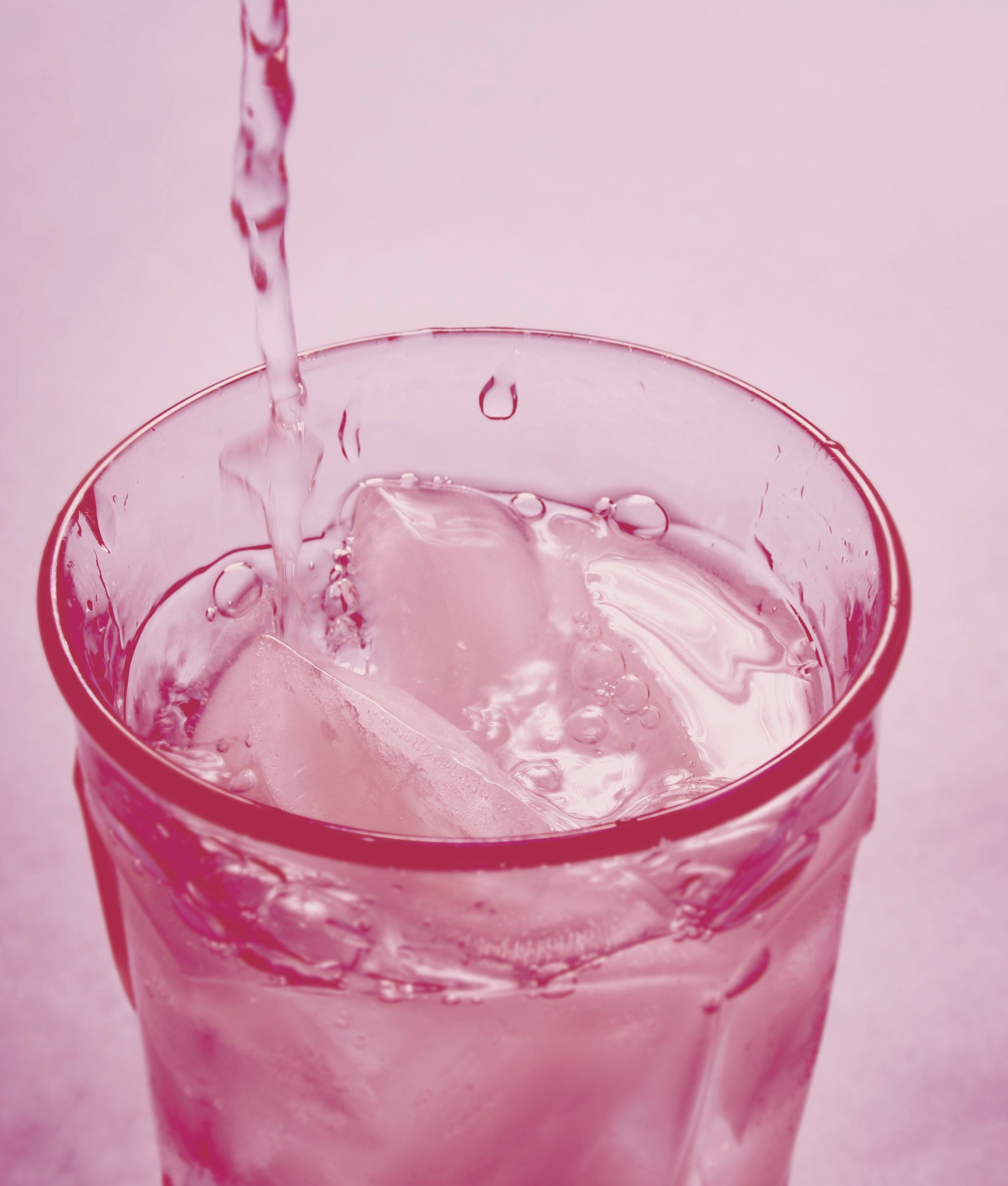I currently work at a dermatology clinic and one of the most common clinical diagnoses that we treat is acne scars. Acne scars are the resulting textural irregularities that are left after inflamed acne has healed. It is most likely to happen if you pick or squeeze the acne before it heals. They can also be caused by varicella, commonly known as chickenpox. Although some people do not experience permanent acne scars, many individuals are left with varying scars that can be treated in different ways depending on the type of scar. There are different kinds of acne scars, but the most common types are rolling scars, ice pick scars, and boxcar scars.


Rolling scars are characterized by waves of varying depth in the skin giving it an uneven appearance. Rolling scars are typically shallow and wide, covering large areas of the face including the cheeks, temples, and lower jaw area.
Recommended Treatment Number 1: Microneedling

Microneedling is also known as collagen induction therapy. It is a sterile device that has many fine point needles at the tip which is used on the skin to create micro-injuries. A numbing cream is usually applied to the skin prior to the procedure so that the patient feels more comfortable. The idea is that these micro-injuries causes trauma to the skin, which induces collagen production and results in a smoother, more even skin appearance over time.
Recommended Treatment Number 2: Subcission

Scar tissue underneath the surface pulls the skin downward causing the indentations. Subcission is a technique that is performed under local anesthesia and uses a sterile needle to break up the fibrous scar tissues underneath. The needle is passed back and forth to break the fibrotic strands. This allows the skin to elevate and become smoother over time.


Superficially, Ice pick scars appear smaller and have narrow indentations. As the name suggests, they resemble the shape of an ice pick. However, these types of scars can reach deeper levels of the skin, making them hard to treat. Several treatments are required, and one of the common ways that it is treated is by using a technique called TCA CROSS, or the usage of trichloroacetic acid (TCA) for the chemical reconstruction of skin scars (CROSS).
Recommended Treatment: TCA CROSS

Prior to the procedure, the area containing the ice pick scars will be prepared with acetone. Small amounts of TCA is then applied topically to the ice pick scars using a fine-tipped brush. The treated area will appear red and scabs will form. The scabs should be left alone until they fall off on their own. Multiple treatments may be needed.
The idea behind TCA CROSS is that the acid causes an inflammatory response in the area where it is applied, causing the formation of collagen to form. In time, this will raise the scar which will result in smoother looking skin.


As the name suggests, boxcar scars have a very defined, box-like appearance. They can be very wide and appear square or rectangular with vertical edges. They are commonly seen across the cheeks and temples and may have varying depths, but are usually not as deep as ice pick scars.
Recommended Treatment Number 1: Subcission
As explained earlier for rolling scars, subcission can help break up the fibrous tissue underneath the skin which allows the skin to elevate and appear smoother.
Recommended Treatment Number 2: Fractional CO2 Laser

Fractional CO2 is an ablative laser that causes wounds within the skin and stimulates new collagen growth. It is an aggressive treatment that is used for very deep acne scars or when other conservative treatments have been ineffective. A numbing cream is applied before the procedure to assure patient comfort. After the procedure, a steroid shot such as dexamethasone is given to treat inflammation. Oral medication is also prescribed (anti-viral, antibiotic, and steroid) to prevent any infections and treat inflammation.
I hope you find this post educational! Feel free to reach out to me with any questions or comments!
Stay Humble ~
Ivy
Resources:
https://www.asds.net/skin-experts/skin-treatments/laser-resurfacing/laser-resurfacing-for-acne-scars
https://www.healthline.com/health/skin-disorders/types-of-acne-scars#atrophic-scar-treatment









